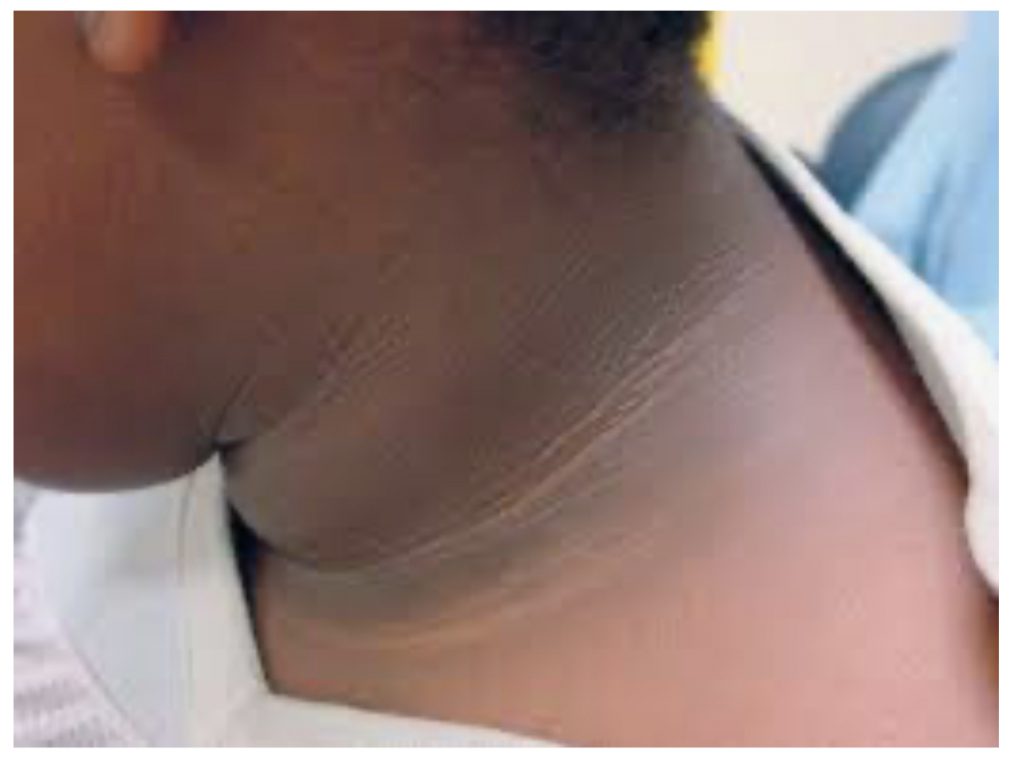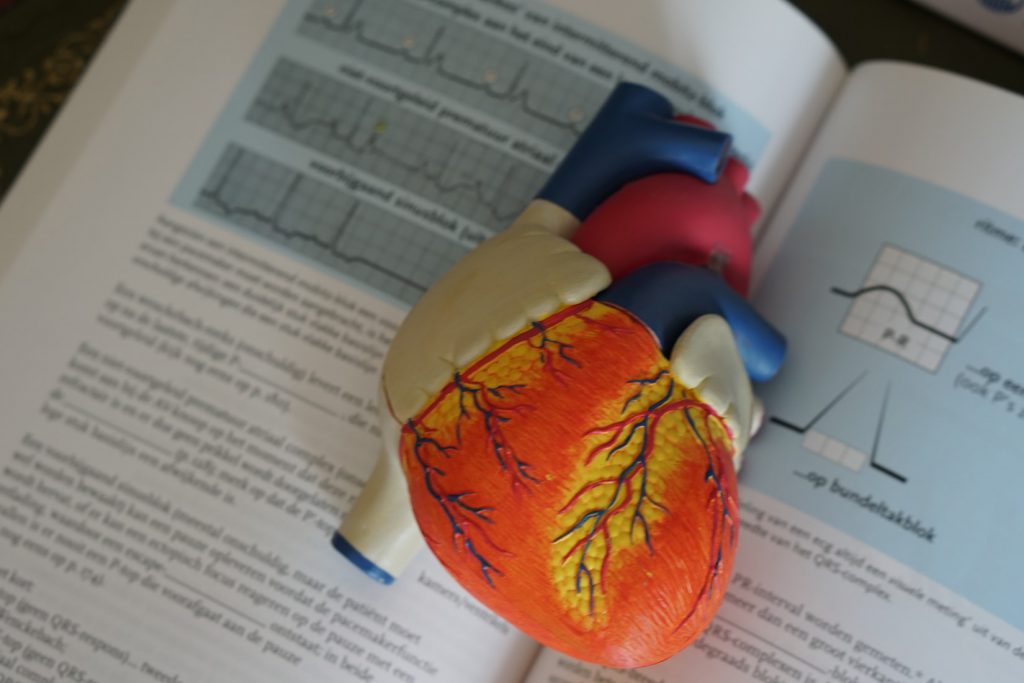
December 18, 2025
There’s No Place Like Home: Practical Tips for Aging in Place Gracefully


About 34.2M Americans have Diabetes, while a staggering number of 88M adults suffer from prediabetes. Out of those who have the latter, more than 84% of them do not even know they have a condition that is both preventable and reversible.
What does it mean when a person is prediabetic?
Prediabetes is a condition whereby a person has a higher than normal blood sugar level. This is caused by the pancreas not secreting enough insulin to bring glucose into the body’s cells or the cells themselves becoming resistant to insulin and failing to intake sugar adequately. When this happens, sugar is not processed properly and builds up in the blood stream.

At least 74M people are unaware and undiagnosed because prediabetes does not usually have any obvious signs. However, during its first stages, one sign that may be noted of this condition is the presence of darkened skin on certain areas of the body such as the neck, armpits, elbows, knuckles, and knees. The classic symptoms of increased thirst, frequent urination, and excessive hunger could mean that one has already progressed from prediabetes to type 2 diabetes.
The exact cause of prediabetes is unknown, although family history and genetics both play a big role. This means that one’s risk increases if you have a parent or sibling with type 2 diabetes. Other predisposing factors include:
Weight: Being overweight and the presence of fatty layers especially around the abdomen makes the cells more resistant to insulin.

Waist size: A larger than normal waist size (40 inches and over for men and 35 inches and over for women) can indicate insulin resistance.
Diet: Consuming red and processed meat and drinking sugar-sweetened beverages also increase one’s risk of prediabetes. A healthy diet is one that consists of adequate servings of fruits, vegetables, nuts, whole grains, and olive oil to name a few.
Inactivity: Engaging in regular physical activity helps control weight, uses up sugar for energy, and makes the body use insulin more efficiently.
Age: The risk of prediabetes increases after age 45, although the condition can also develop at any age.
Race: Studies have shown that African Americans, Hispanics, Native Americans, Asian Americans, and Pacific Islanders are more likely to develop prediabetes.

Gestational Diabetes: Having diabetes during your pregnancy can put you and your child at risk for developing prediabetes.

Polycystic ovary syndrome: This condition is common among women. It is characterized by irregular menstrual cycles, excess in hair growth, and obesity. This syndrome can put women at higher risk of prediabetes.
Sleep: Studies have shown that people with a history of obstructive sleep apnea have an increased risk of insulin resistance.
Smoking: Tobacco smoke can also cause insulin resistance.
Complications:
Unrecognized heart attacks, and kidney damage are some of the major complications of having prediabetes not to mention high blood pressure, high cholesterol, stroke, nerve damage, vision problems, and amputations if it ends up to type 2 diabetes.
Prevention:
There are several ways by which we can prevent and reverse prediabetes. However, it gets tricky when people who already have it, do not manifest any signs or symptoms. So how can we avoid being one of the many unaware victims?
Remember to:



Sunlight exposure is the main source of this fat-soluble vitamin. Make sure to get at least 30 minutes of sunlight each day to help synthesize Vitamin D within the body.
Once a diagnosis is reached, understanding the rationale behind the plan of care leads to a more successful course of action. Not to mention the importance of having the self-discipline to follow through a healthy lifestyle incorporated in your daily practice.

Sources:
https://www.mayoclinic.org/diseases-conditions/prediabetes/symptoms-causes/syc-20355278
Images from Unsplash